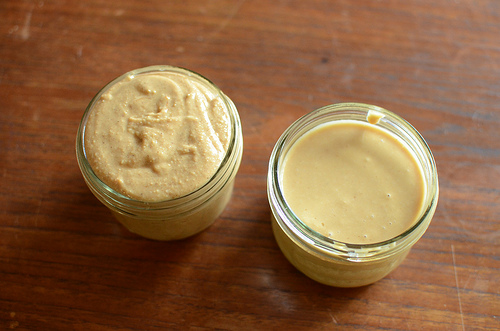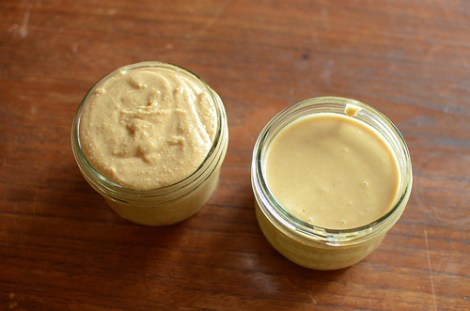Peanut butter isn’t exactly good for you. Here’s the list of reasons why — it includes neurotoxins and rat feces. Even organic or natural peanut butter has its problems, like, oh, palm oil, added sugar, and the occasional salmonella outbreak. But once, long ago, it was a trendy health food, like avocados or chia seeds, as the new book Creamy & Crunchy documents. The New Yorker explains:
Peanut butter … originated as a health food of the upper classes. First created for sanitariums like John Harvey Kellogg’s Western Health Reform Institute, it satisfied the need for a protein-rich food that did not have to be chewed.
It also would have fit in well with today’s food trends: It was “mostly produced for regional markets” within (let’s just say) 100 miles of the people who ate it. But a century ago, that was a bug, not a feature:
It was the development of hydrogenation in the nineteen-twenties that led directly to the industrialization of peanut-butter production, the rise of the Big Three national brands, and the arrival of peanut butter in America’s lunch boxes. (In raising the melting point of peanut butter so that it is solid at room temperature, hydrogenation stops the separation of peanut oil and solids in the container and extends the product’s shelf life.)
The real villain in this story is Procter & Gamble, which changed “Big Top” branded peanut butter into Jif and added an embarrassing amount of sugar, oil, and molasses to the recipe. Because everyone likes their health food more when it comes with more oil and sugar, the rest of the peanut butter industry followed suit and pushed the FDA to redefine peanut butter as a spread containing only 87 percent peanuts. To its credit, the FDA was pushing for 95 percent. To its discredit, it caved and agreed to 90 percent, giving us the oily, sugary, salty, processed junk food that peanut butter is today. Who knows what form we’ll be eating chia seed in a century from now?




